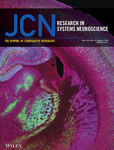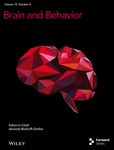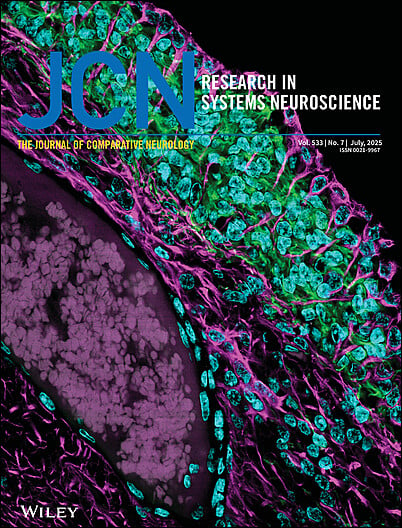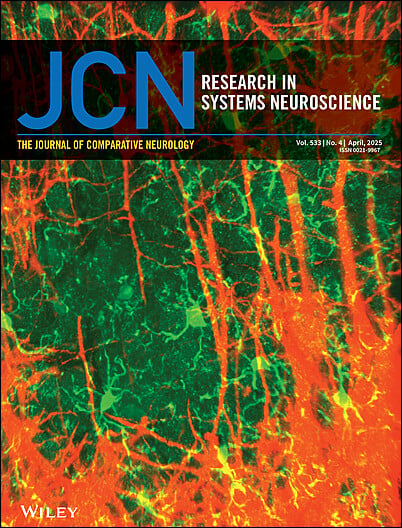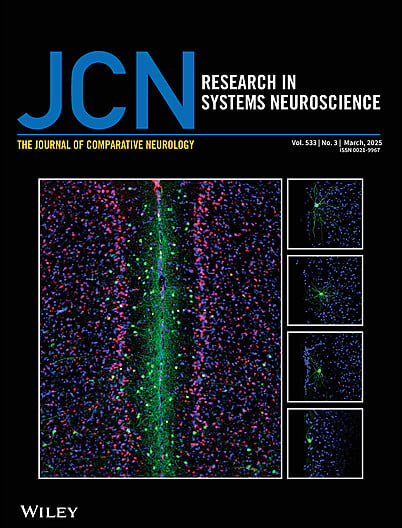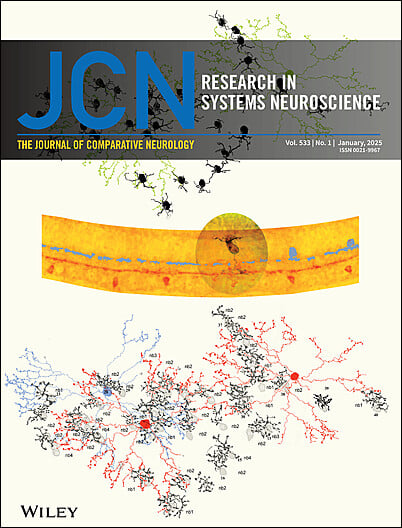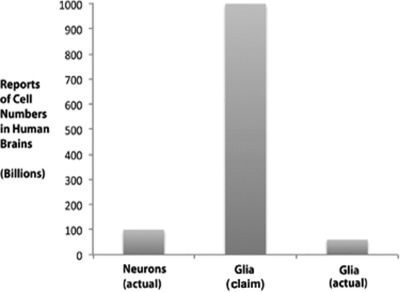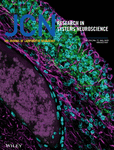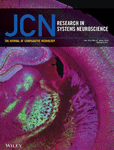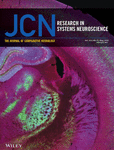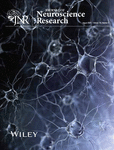Edited By: Suzana Herculano-Houzel
Journal of Comparative Neurology is a systems neuroscience journal with the ultimate goal of understanding neural circuits and connections that give rise to behavioral patterns and different neural states. We are the oldest continually published basic neuroscience journal, established in 1891.
Research published in JCN has an interdisciplinary scope and covers all species from invertebrates to humans.
Journal Metrics
- 5.3CiteScore
- 2.1Journal Impact Factor
- 46%Acceptance rate
- 27 days Submission to first decision
On the Cover
Articles
Dopaminergic Neurons in the Zebrafish Subpallium Belong to the Extended Medial Amygdala
- 5 August 2025
Graphical Abstract
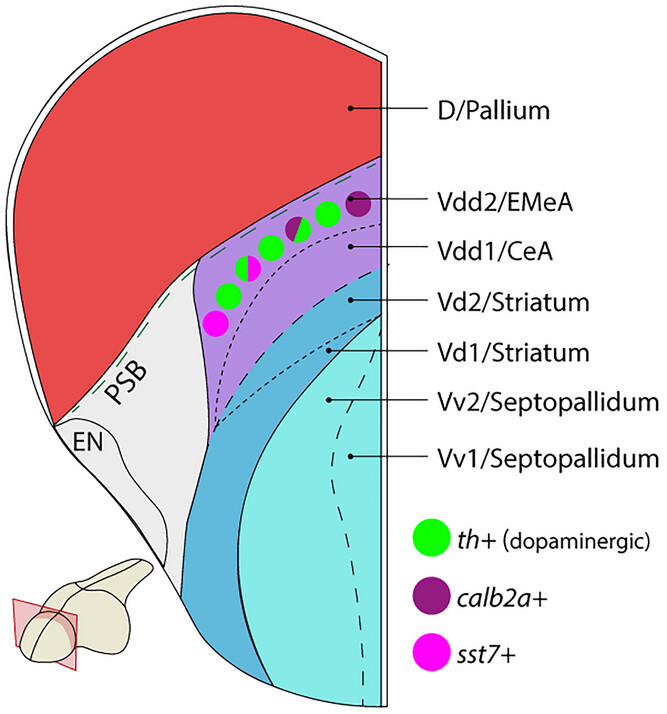
We identify directly adjacent to the pallial–subpallial boundary a pax6a-negative dorsal Vdd2 portion of the zebrafish larval subpallium that develops into the extended medial amygdala (EMeA). Zebrafish subpallial dopaminergic neurons that locate to Vdd2 belong to the EMeA and form a heterogeneous group differentially expressing calbindin2a and cortistatin/sst7.
The Role of the Amygdala in Nonbreeding Aggression in Male Green Anole Lizards, Anolis carolinensis
- 24 July 2025
Graphical Abstract
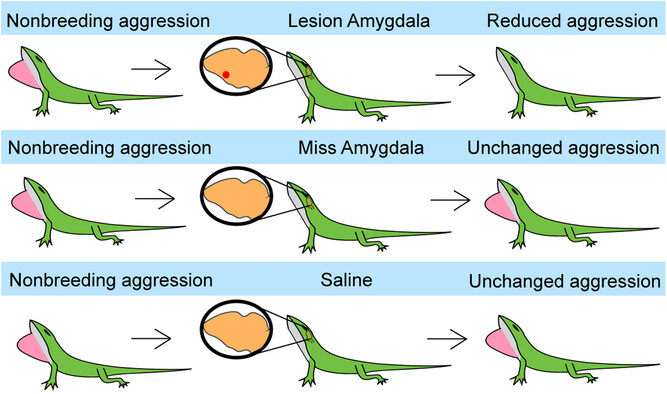
During the non-breeding season, male green anoles display aggression that is regulated by the amygdala. Lesioning the amygdala led to a decrease in aggression, which was not observed in animals where the amygdala was missed or in saline controls. Also, plasma testosterone levels did not influence aggression in these males.
Spatial Distribution and Morphology of CaMKII‐Expressing Amacrine Cells in Marmoset, Macaque, and Human Retina
- 24 July 2025
Graphical Abstract

The study shows that amacrine cells expressing the alpha subunit of calcium/calmodulin-dependent protein kinase II (CaMKII) make up subpopulations of conventional and displaced amacrine cells. They include ON but not OFF starburst amacrine cells and multiple types of wide-field presumed GABAergic amacrine cells.
A Regional Ultrastructural Analysis of the Cellular and Synaptic Architecture of the Mouse Vestibular Periphery, With Reference to the Chinchilla
- 23 July 2025
Graphical Abstract
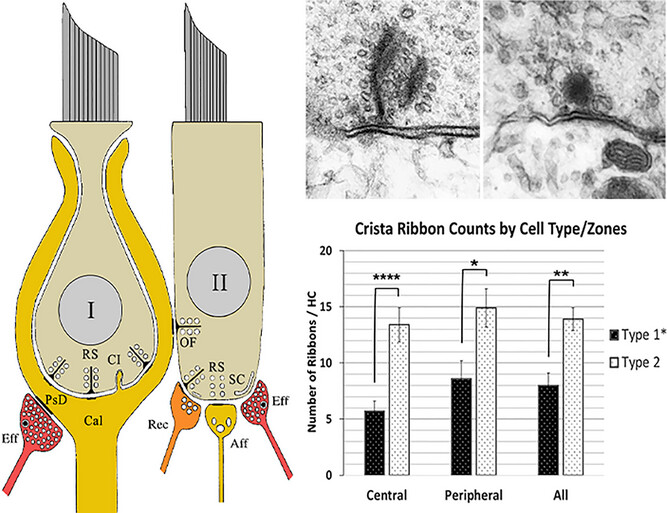
Synaptic innervation in mouse inner ear vestibular hair cells has been a topic of interest lately, with the revelation of the importance of non-quantal transmission in Type I hair cells. Transmission electron microscopy and the dissector sampling method were used to assess synaptic ribbon counts per hair cell. We showed that although central Type I hair cells contain fewer synaptic ribbons, their calyces also receive a significant input from Type II hair cells on their outer surface.
Persistent Disruptions in Prefrontal Connectivity Despite Behavioral Rescue by Environmental Enrichment in a Mouse Model of Rett Syndrome
- 17 July 2025
Graphical Abstract
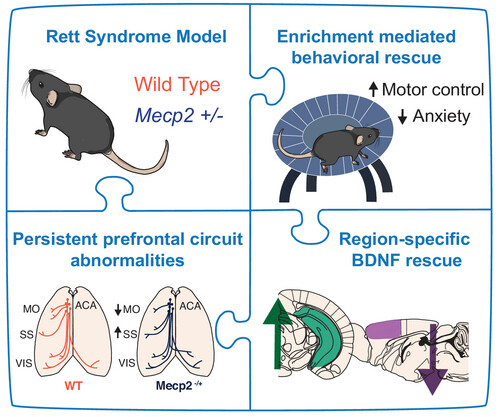
This study reveals that the loss of MeCP2 in Rett syndrome model mice disrupts prefrontal connectivity. Although early environmental enrichment helps mitigate behavioral deficits and restores hippocampal BDNF levels, it fails to reverse the altered prefrontal connectivity or prevent the prefrontal-specific decline in BDNF.
The following is a list of the most cited articles based on citations published in the last three years, according to CrossRef.
The relation of strength of stimulus to rapidity of habit‐formation
- 459-482
- November 1908
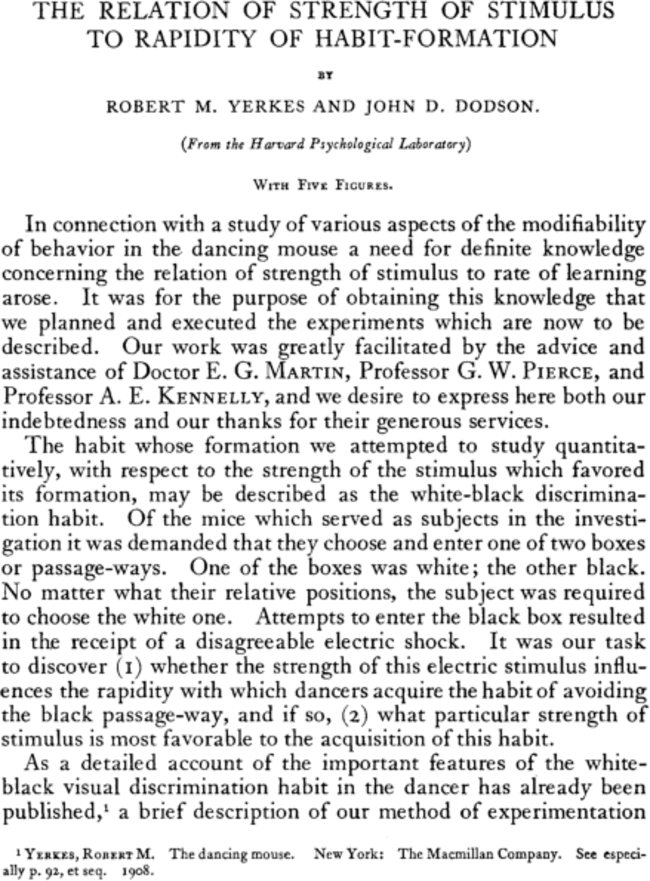
Equal numbers of neuronal and nonneuronal cells make the human brain an isometrically scaled‐up primate brain
- 532-541
- 18 February 2009
The search for true numbers of neurons and glial cells in the human brain: A review of 150 years of cell counting
- 3865-3895
- 17 May 2016
Latest news
Recent issues
- Volume 533, Issue 8August 2025
- Volume 533, Issue 7July 2025
- Volume 533, Issue 6June 2025
- Volume 533, Issue 5May 2025



